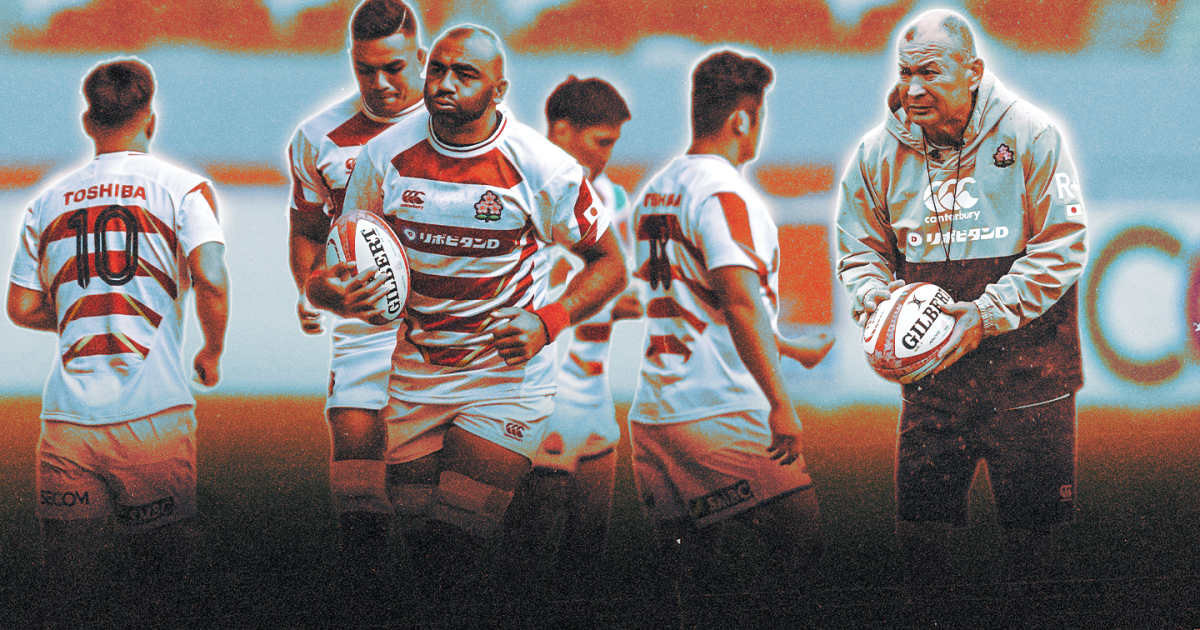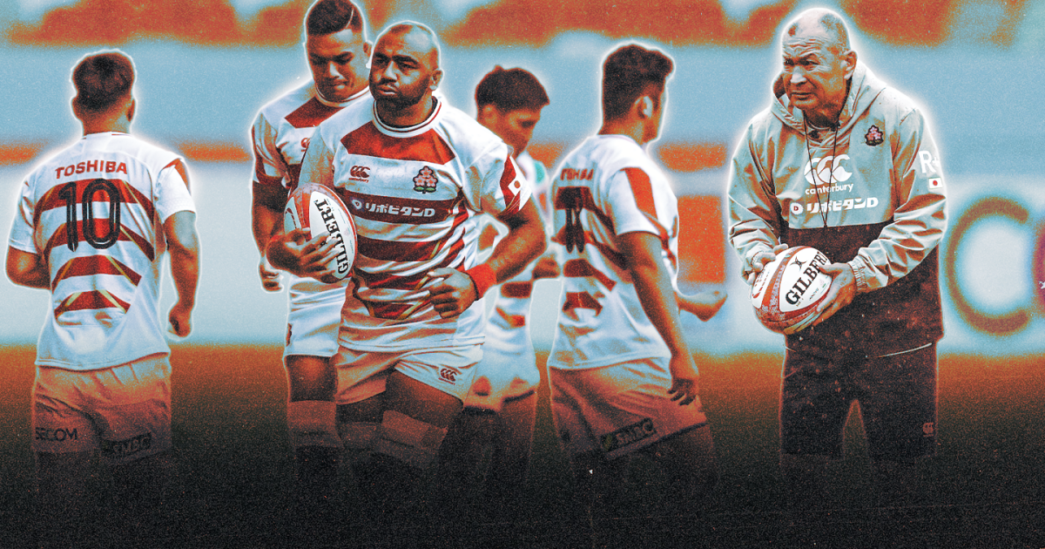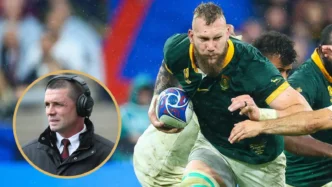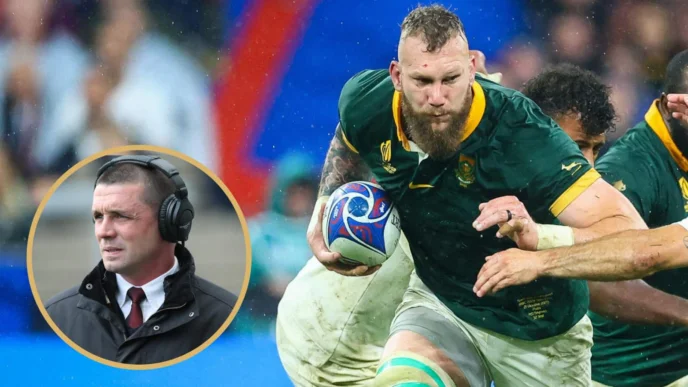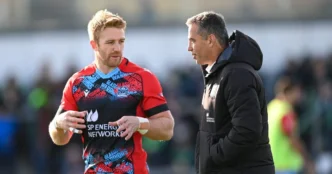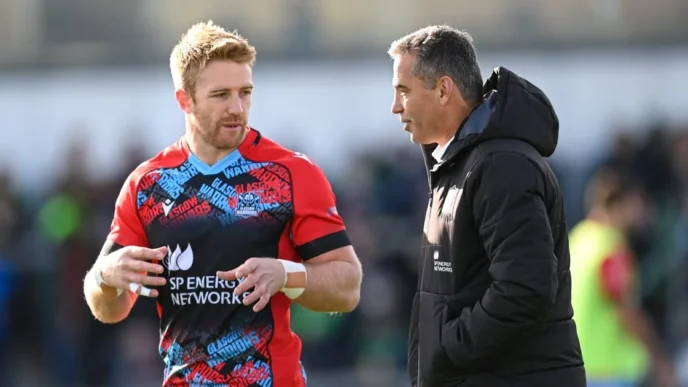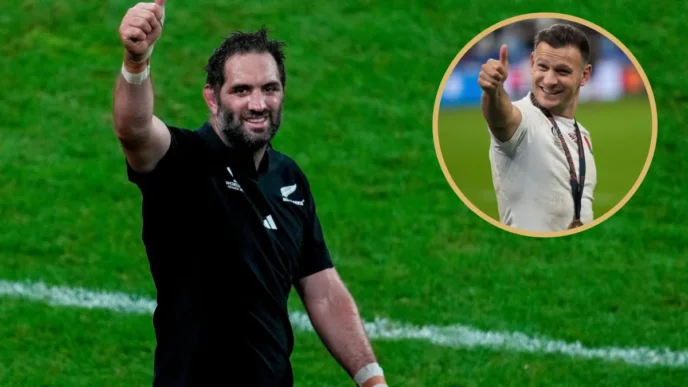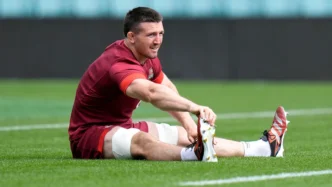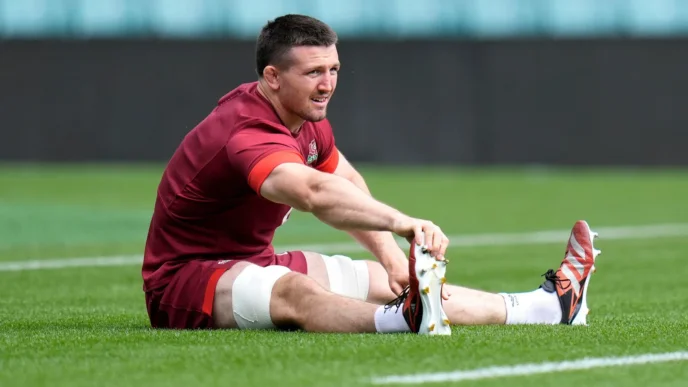Rugby Union Resurgence: Eddie Jones’ Second Coming Coincides with Japan’s Rise
Twelve years is a lengthy span in the dynamic world of rugby. When Eddie Jones first took charge of Japan in 2012, they were ranked outside the top 10 globally, facing a trip to Kazakhstan for his inaugural match as head coach in front of a modest 3,400 spectators. Fast forward to the eve of his second spell, and Japan has undergone a meteoric rise in the international rugby landscape, now rubbing shoulders with the sport’s heavyweights.
Jones’ return as Japan’s head coach finds the team in a vastly different place compared to his initial tenure. A home Test against England, with a capacity crowd of 60,000 expected to greet the 64-year-old at the National Stadium in Tokyo, is a testament to the Brave Blossoms’ remarkable progress over the past decade.
“The intervening 12 years have seen Japan make significant strides on the pitch. Their historic 2015 World Cup victory over the Springboks and their iconic home RWC campaign four years later, which included wins over Ireland and Scotland, are standout memories that have cemented Japan’s status as a formidable force in international rugby.”
While there have been no headline scalps since then, Japan have pushed both the All Blacks and France, finishing within a score of both – a testament to their growing competitiveness at the highest level.
Jones’ initial approach to developing Japan’s playing style and reducing their reliance on overseas recruits has been a key factor in their rise. The 2012 squad against Kazakhstan was composed solely of Japanese-born players, but the current 34-man squad features 15 players born outside of Japan, primarily in the back row where the team needs reinforcements.
The country has strategically cultivated player pathways at the university level, drawing talent from the likes of Tonga and New Zealand. Universities such as Setsunan, which boasted three players in Jones’ first squad, have emerged as hubs for nurturing international-caliber players, highlighting the diversification of Japan’s rugby ecosystem.
While the absence of RWC 2023 captain Kazuki Himeno and the injury to Ben Gunter present challenges, Jones can still rely on the inspirational Michael Leitch, who made his debut four years before the Australian’s first stint. The Kobe Steelers duo of Amanaki Saumaki and uncapped Tiennan Costley are expected to feature prominently in the back row.
Jones enjoys an almost god-like reputation in Japan, aided by his 2015 exploits against the Springboks, and his return as head coach is eagerly anticipated. With a youthful squad featuring 15 uncapped players, Jones may find himself in a ‘transitional phase,’ but the future looks bright for the Brave Blossoms as they continue to make their mark on the global rugby stage.
🔗 Source
